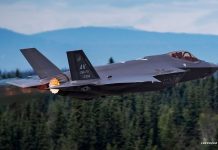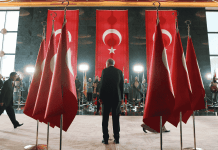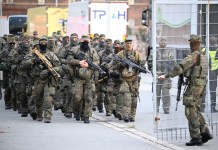When Russia invaded Ukraine in 2022, Kyiv had no Air Force worth its name. The country had approximately 98 combat aircraft, with only 50-60% of them operational.
According to FlightGlobal’s World Air Forces 2022 report, Kyiv had no Western aircraft and its force consisted of legacy Soviet aircraft, including 43 MiG-29s, 12 Su-24s, 17 Su-25s, and 26 Su-27s.
This rudimentary Air Force of Ukraine was, perhaps, one of the main reasons Vladimir Putin thought of invading the country. He miscalculated that Russia would establish air superiority over Ukraine within days, and then the immense firepower of Russian fighter jets and bombers would force Kyiv into submission within a week.
Thanks to Ukraine’s robust air defenses, that calamity did not happen. However, the lack of a modern Air Force has consistently hampered Ukrainian efforts to defend itself against Russian aggression and take the fight back to the enemy’s homeland.
Now, having learnt a painful lesson, Ukraine has decided to rectify its mistake and is preparing to build a modern Air Force.
In fact, Ukraine is building an air force that will serve Kyiv much beyond the current war with Russia.
Ukraine has prepared the Vision 2035 document, and President Volodymyr Zelensky has already begun work on the project.
It entails buying over 250 new fighter jets, and for that, Zelensky is in talks with not one, but three Western countries: Sweden (Gripen E), France (Rafale), and the US (F-16).
Ukrainian Air Force: Vision 2035
Speaking with the Ukrainian media platform Ukrinform, Zelensky said Ukraine needs up to 250 new fighter jets to modernize its Air Force’s combat aviation.
Notably, earlier this week, Ukraine signed a letter of intent (LOI) during Zelensky’s visit to Sweden, marking a significant step toward Ukraine acquiring up to 100-150 Saab JAS 39 Gripen E multirole fighter jets.
The deal is described as Ukraine’s largest-ever combat aviation procurement and could position Kyiv as the world’s largest operator of the Gripen E if fully realized.
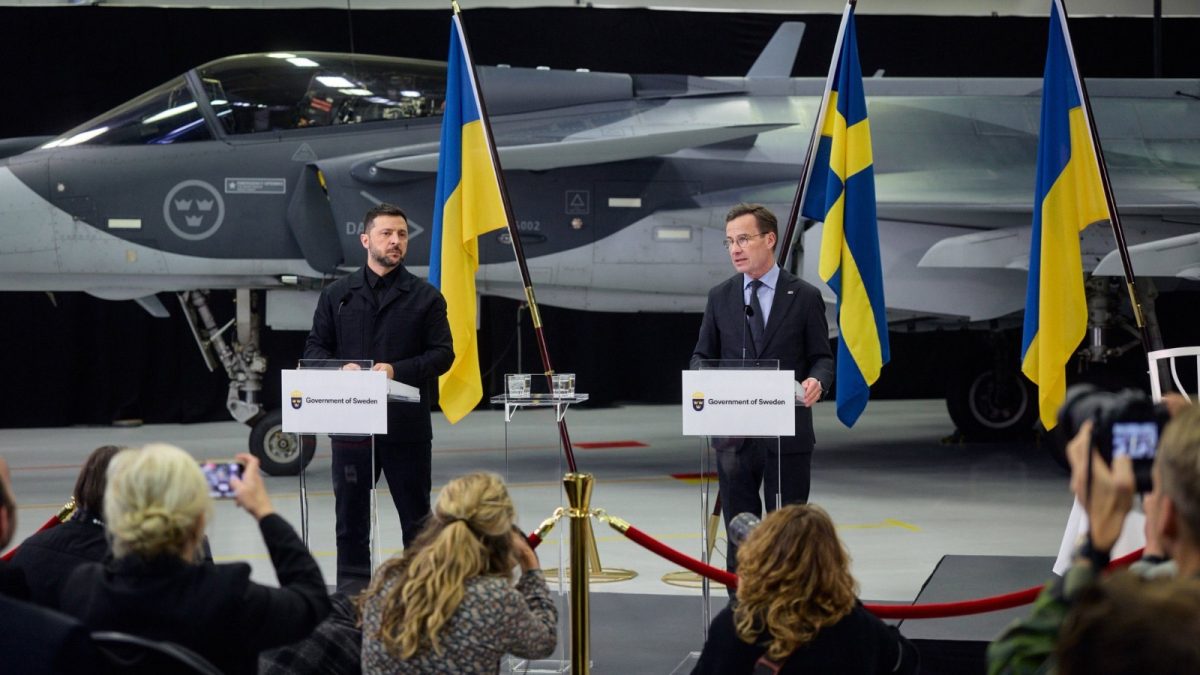
First deliveries are targeted for 2027-2028, with full rollout by 2035-2040.
According to a Financial Times report on October 28, SAAB is also considering opening a local production plant in Ukraine to enable faster deliveries.
“The main point is that we have agreed on the localization of Gripen production. I believe this is a historic agreement,” Zelensky told journalists during his interaction.
Meanwhile, Zelensky also explained why Ukraine selected Gripen E for its Air Force.
The advantages of Gripen aircraft include low maintenance costs, the ability to land on highways, and the use of all available missiles in Ukraine, Zelensky noted.
“Maintenance of Gripen is the cheapest, because the smallest number of people must be involved. For our pilot with expertise and experience, it is not a year and a half of training, as, for example, we had with the F-16, but 6 months.”
“All the take-off and landing technical capabilities of Gripen are also advantageous, you know – they can take off and land on runways,” Zelensky said.
He also noted that the Gripens are compatible with all the missiles and weapons that Ukraine already uses, and therefore, there will not be interoperability issues.
“When we didn’t have the F-16 yet, we already started finding tools to use Western weapons on our Ukrainian Soviet-made aircraft. It took us months; we couldn’t use the existing missiles because there were no such suspensions. And it was difficult.”
“But our engineers worked on it together with the engineers of those countries. So, as for Gripen, everything is hooked on it. Probably, almost everything that Ukraine uses – missiles and other weapons – can all be hooked on it,” Zelensky explained.
Not Just Gripens, Ukraine Keen On F-16s & Rafales
Zelensky also noted that three parallel negotiation tracks are currently underway concerning the potential supply of combat aircraft.
Zelensky said that three fighter jets have been selected to modernize the Ukrainian Air Force: the F-16, Gripen, and Rafale.
“I am conducting three parallel conversations regarding aircraft – with the Swedes, the French, and the Americans,” Zelensky said.
Notably, Ukraine is already operating the F-16s. So far, a NATO-led coalition formed in 2023 has promised to deliver 80 older F-16s to Ukraine. Kyiv has already received nearly 50 of these aircraft and is using them for air defense.
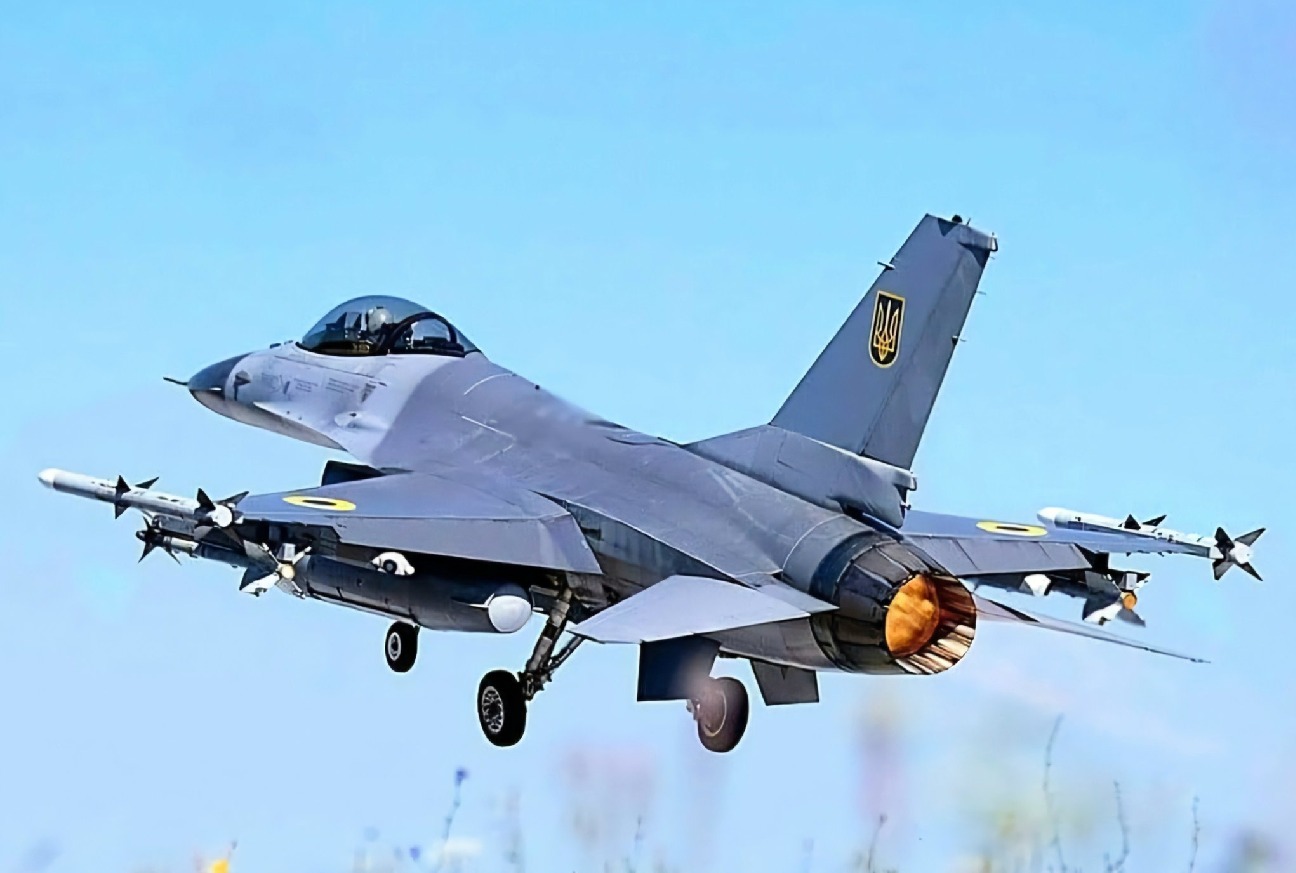
Similarly, France pledged up to 20 Mirage 2000-5F fighters as part of a broader military aid package. These Mirages are capable of air-to-air and air-to-ground operations and can fire SCALP-EG missiles and AASM bombs.
Since the Ukrainian pilots have already undergone training on F-16s and Mirage 2000-5F (precursor to the French Rafale) fighters, the Ukrainian Air Force will be able to integrate the new F-16s and Rafales without much difficulty.
Notably, this is not the first time Ukraine has considered the French Rafale, a 4.5-generation twin-engine multirole fighter jet.
In 2021, French President Emmanuel Macron offered Rafale to the Ukrainian Air Force. However, no progress was made, and then Russia launched its full-scale invasion in February 2022.
If Ukraine finalises the deal for Rafales, it would become the ninth international customer of the fighter jet and the fourth European country to place an order for the French plane.
So far, India, Indonesia, Qatar, Egypt, and the UAE (from Asia) have ordered the jet.
In Europe, Greece, Croatia, and Serbia have already placed orders for Rafales.
One of the key advantages of the Rafale is its ability to employ the long-range air-to-air Meteor missile, developed by the MBDA consortium.
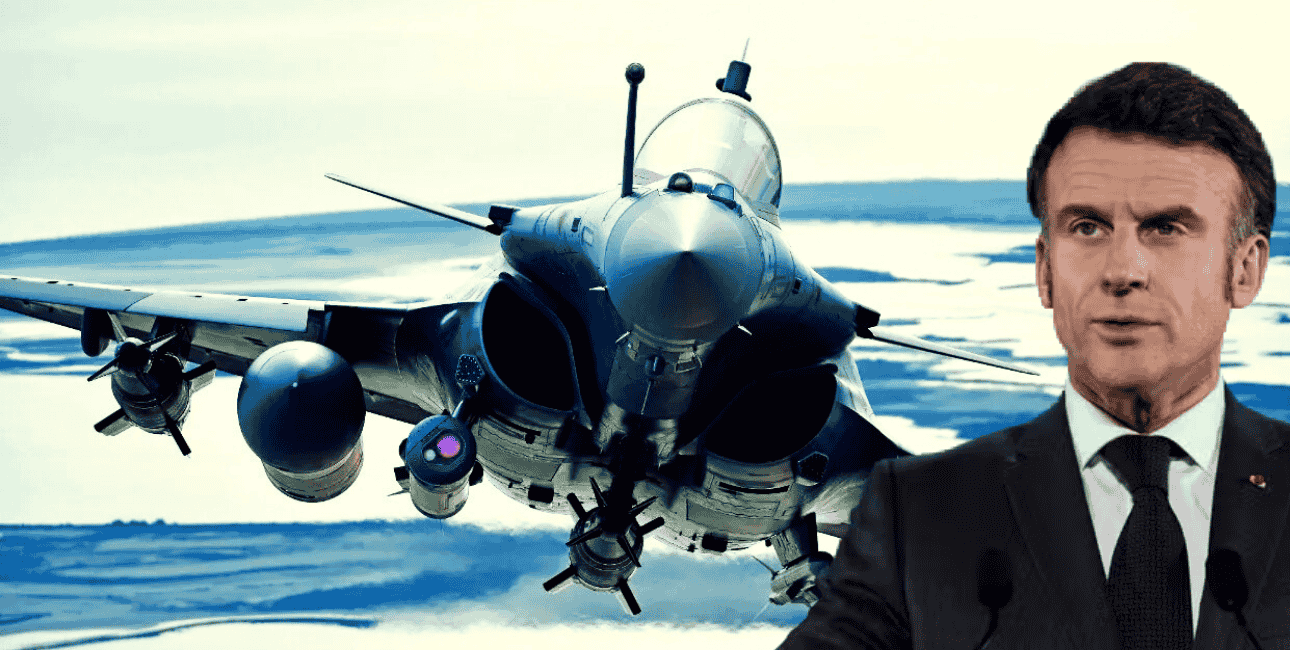
Meteor is one of the most lethal air-to-air missiles in service today. Furthermore, the Meteor missile is compatible with both the Rafale and the Gripen E fighter jets.
However, faster deliveries could be an issue as Dassault’s order books are full.
Dassault has a backlog of 233 Rafale fighter jets, including 53 to France, and 180 for export customers.
Meanwhile, India is likely to acquire 114 Rafale jets for its Air Force. However, no deal has been signed.
Dassault has streamlined its Rafale production rate to 36 per year (three every month). However, even with this rate, Dassault needs more than six years to fulfill its existing commitments.
So, Ukraine will have to wait a long time, unless France prioritises deliveries to Kyiv.
Ukraine’s Vision 2035 for its Air Force underscores that Kyiv fears a long-term threat to its nationhood from Russia, and even if a ceasefire is achieved in the coming years, it cannot let its guard down.
Furthermore, Ukraine has understood that a robust, modern air force is perhaps the best guarantee against any future Russian aggression.

